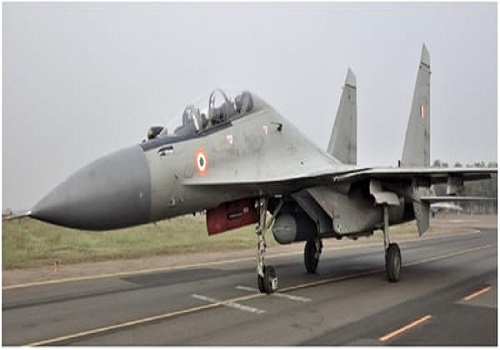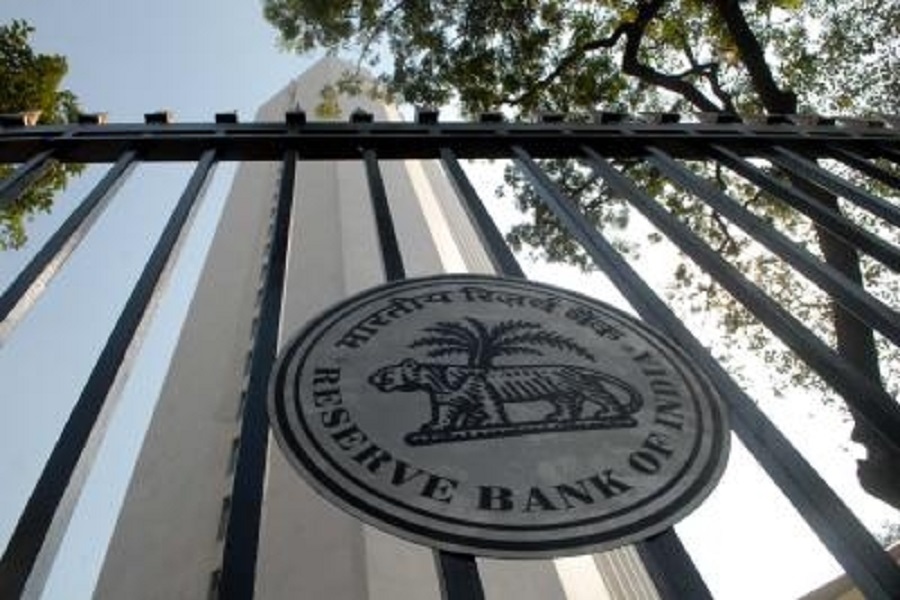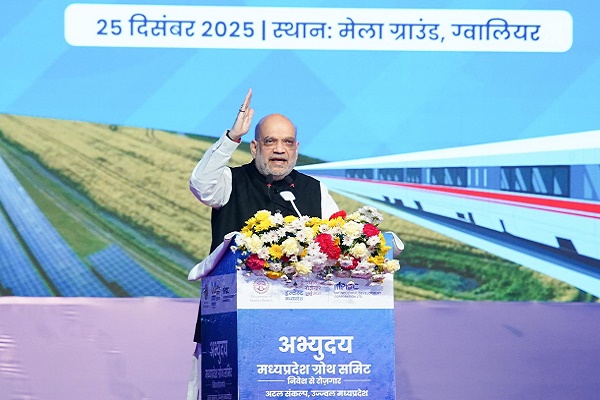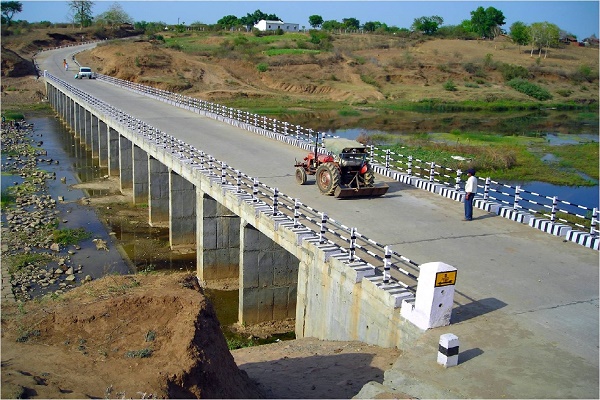Pre-Budget 2025: Key Expectations for India's Defence Sector and Strategic Growth

As India positions itself as a global power, its defence sector continues to play a crucial role in national security and economic growth. With the 2025 Union Budget approaching, discussions are increasingly focused on how the government can strengthen this critical sector, which not only safeguards the nation but also fuels technological advancements and contributes significantly to employment and industrial growth.
The Indian defence industry is undergoing a transformation, marked by significant strides in indigenization, technological innovation, and modernization. As the world’s largest importer of arms, India has also been ramping up efforts to shift towards self-reliance in defence production through initiatives such as "Atmanirbhar Bharat" (self-reliant India). The upcoming budget is expected to build on these initiatives, ensuring that the defence sector is well-equipped to meet both present and future security challenges.
The Current State of India's Defence Sector
India’s defence sector is characterized by its large-scale military forces, which require sophisticated equipment and infrastructure. The Indian Armed Forces, including the Army, Navy, and Air Force, are among the largest in the world, and ensuring their operational readiness demands continuous investments in modern weapons, systems, and technologies.
The government has been actively working on reducing reliance on foreign suppliers, with a focus on enhancing indigenous defence manufacturing capabilities. Through programs like "Make in India," the government aims to encourage local production of defence equipment and reduce dependency on imports, which have historically been costly.
Additionally, the defence sector also plays a critical role in driving innovation. Advances in areas such as cybersecurity, aerospace, artificial intelligence, and missile technology have not only bolstered India’s military capabilities but also opened up opportunities for dual-use technologies that benefit both civilian and military industries.
However, challenges remain. Budget constraints, the need for modernized defence infrastructure, and delays in procurement processes have hindered the sector's growth. The pre-budget discussions for 2025 will likely focus on how the government can address these challenges to ensure that India’s defence sector remains robust and ready for the evolving security landscape.
Key Expectations from Pre-Budget 2025 for the Defence Sector
As the defence sector continues to evolve, the key expectations from Budget 2025 include measures to enhance self-reliance, boost defence infrastructure, and strengthen the overall security framework. Here are some of the major expectations:
Increased Defence Budget Allocation
One of the most critical expectations from the budget is an increase in the overall defence budget. The defence allocation has historically been a significant part of India’s national expenditure, but there is a growing need for more substantial investments to modernize the armed forces and address security threats, particularly in the face of global instability and regional tensions. An enhanced budget could support the acquisition of advanced weaponry, cutting-edge technologies, and improvements to military infrastructure.
Focus on Indigenization and 'Atmanirbhar Bharat'
India’s push for self-reliance in defence manufacturing has gained significant momentum in recent years. However, achieving full indigenization requires a sustained focus on R&D, infrastructure development, and public-private partnerships. Budget 2025 could introduce measures to incentivize private sector participation in defence manufacturing, offer tax benefits for research and development, and fund the development of indigenous technologies, especially in critical areas like missile systems, aircraft, and naval assets.
Streamlining Procurement Processes
The defence procurement process in India has long been marred by delays and bureaucratic hurdles. Start-ups, MSMEs, and private sector players face challenges in participating in defence projects due to complex regulations. Budget 2025 could look at simplifying procurement procedures, introducing more transparent and flexible frameworks, and creating a conducive environment for domestic suppliers to contribute to defence needs.
Investment in Defence Infrastructure and Modernization
Modernization of the defence infrastructure, including upgrading military bases, storage facilities, and airstrips, is essential for ensuring the operational efficiency of India’s armed forces. The budget is expected to allocate funds for modernizing the existing infrastructure and building new facilities that can accommodate the latest technologies. Additionally, enhancing cybersecurity capabilities and adopting digital defence strategies could also be priorities.
Support for Defence Exports
India’s defence exports have gained traction in recent years, and there is significant potential for further growth. Budget 2025 could include incentives and support for defence manufacturers to tap into the global arms market, focusing on strengthening India’s position as an exporter of defence technology and equipment. This could include tax incentives, export credits, and efforts to make Indian defence products more competitive globally.
Emphasis on Cybersecurity and Emerging Technologies
As warfare increasingly shifts towards the digital realm, strengthening cybersecurity becomes paramount. Budget 2025 may introduce provisions to expand the defence sector’s capabilities in areas like cyber warfare, artificial intelligence, and autonomous systems. Investment in R&D for advanced technologies will be crucial to stay ahead of potential threats and maintain national security.
Enhancement of Defence Forces Welfare
Alongside technological advancements, the welfare of India’s armed forces remains a priority. The budget may include provisions for better pay, healthcare, housing, and training for soldiers, as well as enhanced benefits for veterans. Ensuring the well-being of defence personnel is vital for maintaining morale and readiness.
Conclusion
As India looks towards Budget 2025, the defence sector stands at a pivotal moment. With evolving security threats, the need for modernization, and the drive for self-reliance, the government’s support for the defence sector will play a crucial role in shaping the country’s military future. The right budgetary allocations can help achieve India’s vision of becoming a global defence manufacturing hub while ensuring that its armed forces are equipped with the latest technologies to safeguard the nation. With strategic investments in indigenization, infrastructure, and emerging technologies, the defence sector can be well-positioned to meet the challenges of the future.




.jpg)



















